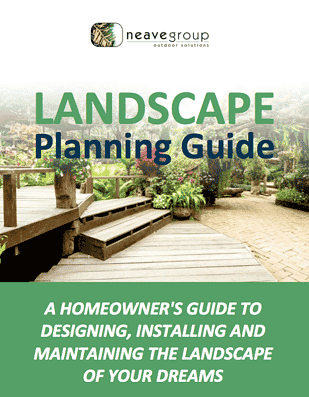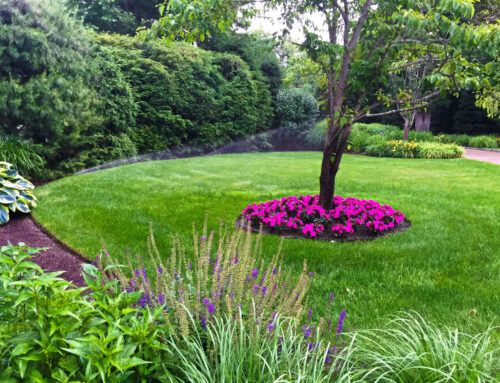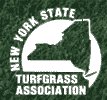Years ago, foundation plantings were mainly used to hide the plain, ugly bases of older houses.
Houses are built with prettier foundations these days, but foundation plantings are still a great way to soften hard edges, blend your home into its surroundings and offer a pretty, welcoming first impression.
Consider this front area part of your garden. Which means you can have a lot of fun filling it with beautiful plants.
We have lots of tips and foundation planting plans for Northeast landscape ideas. Stick with us.
Foundation Planting Design Ideas & Inspiration
The next time you’re enjoying your morning cup of coffee, wander out to the front yard with it. Take a good, hard look at the landscaping around the front of your house.
If you say, “What landscaping?” that’s sign number one that it needs some work.
Are overgrown evergreens or too-tall shrubs encroaching over your front windows? That’s sign number two.
Are your front plantings lined up in a skinny, pitiful little row across the front of your house? Sign number three.
We could go on, but you get the idea. Listen: Your foundation landscaping is calling out for help.
Start With Your Entrance
Your front entrance offers the first impression of your home. Guests often show up here. It should be welcoming.
This is where you install some of your prettiest plants with interesting detail. They’ll be viewed up close. People might linger to appreciate the lacy foliage of a Japanese maple or the frilly blooms of pink astilbe.
Think about an impressive focal point for near your front door or porch. Maybe a tree with sculptural branches paired with a bright, eye-catching groundcover.
This area could also incorporate a small patio with a bench for guests or a gurgling fountain for a peaceful vibe.
Soften The Corners
You want to soften and highlight the corners of the house with your landscaping, but not obscure them. Think about small trees and foundation shrubs as a sort of frame for your house.
These corner plantings should be taller than the rest of the plants you install, to lead the eye up. This works especially well if you have a long, horizontal house.
If your home is taller than it is wide, consider a small tree with branches that grow out to the sides, to soften your home’s vertical lines. Maybe a fluffy dogwood.
Consider The Style Of Your House
Think about the style of your home when you ponder what foundation plants to install.
Is it formal? You might want an asymmetrical style of planting to complement it, planting similar trees, shrubs, and perennials on each side of your entrance, or using a neat boxwood hedge to lend a formal air.
But if you have a rambling farmhouse or a quaint cottage, a looser, more informal garden of flowering shrubs and abundant perennials will be a better match. Think flowing and asymmetrical.
Don’t Forget Color
Take note of the colors in your home’s trim, shutters, and other architectural elements before choosing your plantings.
It’s fun to incorporate plants with blooms and foliage that complement the colors.
Think about how the floppy pink blooms of a hydrangea will look against your blue shutters, or how the red foliage of burning bush will pop against white siding.
Go For Four Seasons Of Interest
Have you noticed how many houses make due with a plain row of evergreens as their foundation plantings?
Evergreens are great because they offer green interest year-round, but it’s not fair to make them do the job alone. Think of them as the sturdy bones of your foundation landscaping. Then have some fun.
Add some deciduous shrubs, pretty perennials, and graceful ornamental grasses.
Choose plants with staggered bloom times from early spring to late summer, so you end up with colorful blooms, brilliant fall foliage and maybe even some fruits or berries.
3 Common Foundation Planting Mistakes To Avoid
Just drive around a typical neighborhood for examples of the top foundation planting mistakes. Go ahead, take notes. Here’s what NOT to do.
Scrawny Beds
Most foundation plantings are too narrow, with a single row of shrubs that march in a boring line across the front of the house.
Instead, plant in layers. You may need to enlarge your planting bed, but the rich, layered effect you’ll get by adding more plants will be worth it.
Layer plants back to front from tallest to shortest. Check the growing height for each type, and make sure the plants in front won’t grow taller than the ones behind them.
Think curvy. Lush, curved beds are more appealing than the straight and — yawn — narrow variety.
Plants That Grow Into Giants
Ignoring a plant’s size at maturity is one of the top mistakes homeowners make.
You’ve seen it — towering junipers that dwarf the front entrance. Clumps of shrubs squeezed so tightly together they barely have room to breathe.
Yes, they’re little and adorable when you pick them out at the nursery. But read the tags. That will tell you how big the cuties will get when they’re full grown.
Choosing shrubs that will grow into the right size also means less pesky pruning for you. Look for dwarf varieties that max out at 2 to 4 feet tall for under windows and other tight spots.
This rule goes for width, too, not just height. Take note of how wide a plant will get, then space accordingly.
Planting Too Close To The House
It’s tempting to plant your new additions close to the house, but give them room to breathe.
Plants need space so they can resist disease. And you need space to maneuver and work around them. (Weeding, mulching and trimming, remember?)
Plus, plants tucked in so close that they’re protected by eaves won’t be able to soak up nourishing rainfall.
Looking For More Foundation Planting Design Ideas? Give Neave A Call.
Neave Landscaping has been creating beautiful landscapes for more than 40 years. Our experts have a great handle on all kinds of growing things, including the right design choices for your foundation landscaping.
The professionals at Neave will visit your property and discuss your many options, including grasses, perennials, shrubs, and trees. Leave the planting to us, knowing your home will look inviting and expertly landscaped.
If you’re in the Hudson Valley, call us at (845) 463-0592. If you’re in Westchester County, call (914) 271-7996; from Connecticut, dial (203) 212-4800. Or, fill out our simple web form, and we’ll contact you about setting up your free consultation.
//
























